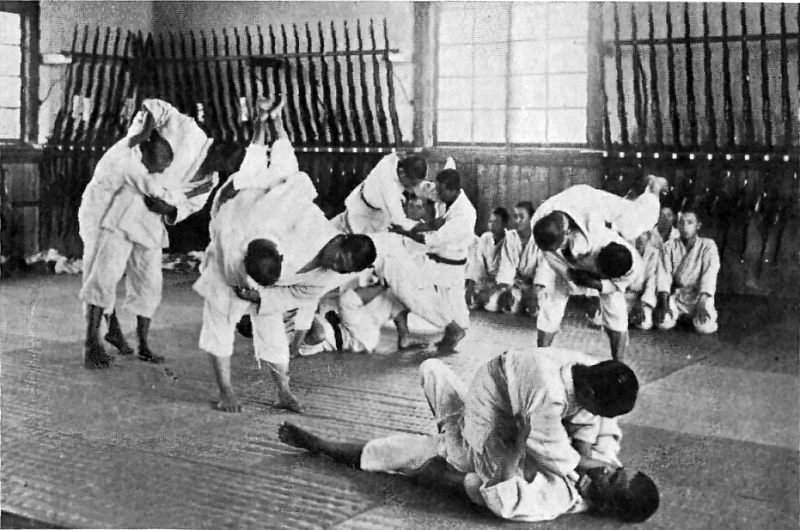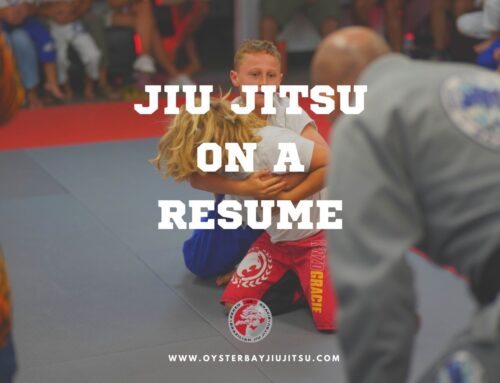
History of Brazilian Jiu Jitsu
As mixed martial arts (MMA) championships such as ONE Championship and Ultimate Fighting Championship gain popularity, Brazilian Jiu Jitsu (BJJ) also becomes more widely known. In fact, nowadays, individuals from various backgrounds choose to practice Brazilian Jiu Jitsu in increasing numbers. They all have different reasons. Some of them are interested in learning self-defense while others want to achieve a fit body. Maybe they are just seeking a way to get rid of stress, have fun and meet new people. Nevertheless, they all find what they are looking for.
The roots of Brazilian Jiu Jitsu lie deep in the past. Growing from its Japanese origin, several centuries later it still has the same basic principle: Getting your opponent to the ground in order to gain the advantage in a fight.
Sometimes you can see that it is written as jujutsu or jujitsu. All the same. In Japanese, “ju” means “gentle” and “jutsu” means “art or technique”.
Centuries ago, Japanese samurais were one of the most respected and admired warriors. They wore heavy armors and rode horses. Yet, they developed Jiu Jitsu in order to apply if they ever found themselves on the ground unarmed. That was the earliest form of Brazilian Jiu Jitsu. Since their armors limited their movements, they chose chokes, joint locks, and throws instead of just hitting.
In time, armed combat style Jiu Jitsu turned into a self-defense technique with several branches each having different styles without losing its most fundamental principles.
Jigoro Kano started his own martial arts school named Kodokan in 1882. His style was focused on self-defense. This ecole later gave birth to Judo.
In the early 1900s, a Kodokan student named Mitsu Maeda traveled to several countries including Brazil with the mission of sharing and spreading knowledge. In Brazil, he met Gracie’s family. His first student was Carlos, the son of Gracies. Eventually, all Gracie kids began practicing and thanks to their youngest son who could not make throwing moves due to his size, the Gracie family created a softer and easier form. It was called Brazilian Jiu Jitsu.

BJJ NOW
Today, an entire sports industry accepts Brazilian Jiu Jitsu and there are academies all over the world providing an opportunity for everyone. Practicing Brazilian Jiu Jitsu has many advantages from strength to stretch and cardio. As interest in Brazilian Jiu Jitsu increases, the practitioners have more carrier options such as instructing new students or participating in championships.
There are prestigious profit and nonprofit organizations around the world as well as national federations. Maybe a future olympic sport, Brazilian Jiu Jitsu has many international tournaments and championships for fighters to compete and achieve perfection.
Brazilian Jiu Jitsu differs from other martial arts since anybody can learn and practice – big or small… Never forget that size and age do not matter in the Brazilian Jiu Jitsu world.
Share This Blog, Choose Your Platform!
One Comment
Comments are closed.



Nice blog. Thanks